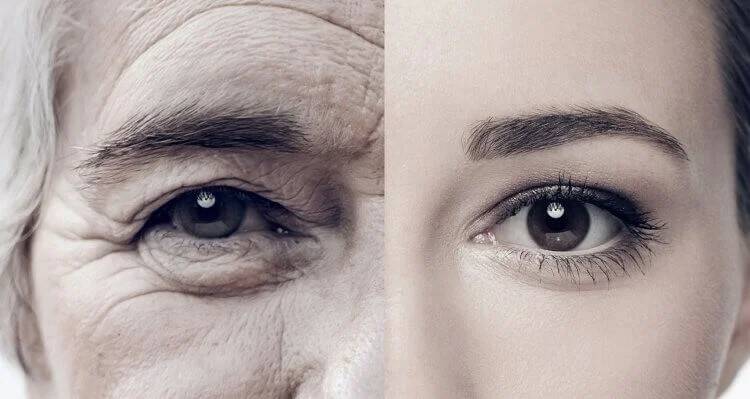Can we prevent cell aging?
Scientific discoveries made over the last hundred years have allowed us to live longer. Today, most people living on the planet can expect to live into their sixties and beyond. Every country in the world has seen an increase in both the number and proportion of older people in the population, and the World Health Organization (WHO) predicts that by 2030, one in six people in the world will be 60 years of age or older.
By 2050, the number of people aged 60 and older in the world will double (2.1 billion people). Between 2020 and 2050, the number of people aged 80 and older is expected to triple to 426 million.
So in 2050 we will have someone to be nostalgic with and to remember our former youth. But the passage of time is inexorable, and everyone on the planet will grow old. Meanwhile, scientifically speaking, aging is a biological reality with its own dynamics that are beyond our control.
There are a number of factors that affect the health of older people. Thus, according to Tor Minamin, a professor at the University of Tokyo, most age-related diseases are related to the accumulation of senescent cells. If senescent cells accumulate in blood vessels, they cause atherosclerosis; if they accumulate in the heart, they cause heart failure; and if they are overweight, they even promote diabetes.
Researchers believe that healthy aging is the ability to meet daily needs on its own. Some age-related changes don’t cause harm, such as graying hair. But there are some that lead to disease, weakness or disability. Moreover, old age is a major risk factor for a number of chronic diseases.
The most common age-related change in the cardiovascular system is the thickening of blood vessels and arteries, causing the heart to work harder to pump blood. The heart muscles change, adapting to the increased workload.
Numerous attempts to understand how and why we age are still widely discussed in academic circles. Longevity is particularly popular: we have learned more about aging in the past 20 years than in the previous 2,000 years combined. And scientists have recently made progress in understanding how to slow down this natural process.
In a wave of growing interest in longevity, Japanese scientists have developed a vaccine that targets aging cells. As senescent cells stop dividing and accumulate in tissues, they can cause chronic inflammation and disease.
Essentially, aging is a biological way to prevent cells with damaged DNA from proliferating. These “zombie cells” (as they are sometimes called) accumulate as we age, producing chemicals that cause inflammation. Like zombies, aging cells are not dead, but neither are they alive.
Some of the factors these cells secrete can turn neighboring cells into aging cells. It’s a classic zombie cell move,” the experts explain.
The results of the latest study, conducted by scientists from Britain’s Babram Institute, indicate the development of new methods to prevent age-related diseases and restore cell function by reducing the biological age of cells. The work was published in the scientific journal eLife.
As the authors of the scientific paper told the British The Guardian, our understanding of aging at the molecular level has advanced over the past decade, leading to methods that allow measurement of age-related biological changes in human cells.
In experiments simulating skin damage, cells were exposed to a mixture of chemicals that “reprogrammed” them to behave like young cells, eliminating age-related changes. The mechanism underlying cellular reprogramming is not fully understood and may cause cancer. At this point, these results cannot be applied to regenerative medicine.
Although such research is at an early stage, the results could eventually revolutionize regenerative medicine, especially if replicated in other cell types and other body tissues. According to the researchers, the findings could lead to a targeted approach to the treatment of aging.
The findings represent a major step forward in the understanding of cell reprogramming. In other words, scientists have proved for the first time that cells can be rejuvenated without losing their functions.
On a biological level, aging is the result of a wide variety of molecular and cellular damage that accumulates over time.
And despite the need for further research, it seems that the gold rush to “rejuvenate” the cells and organs of our body has already begun. And if the researchers’ predictions are correct, such “cures for old age” will be available in the coming decades.
